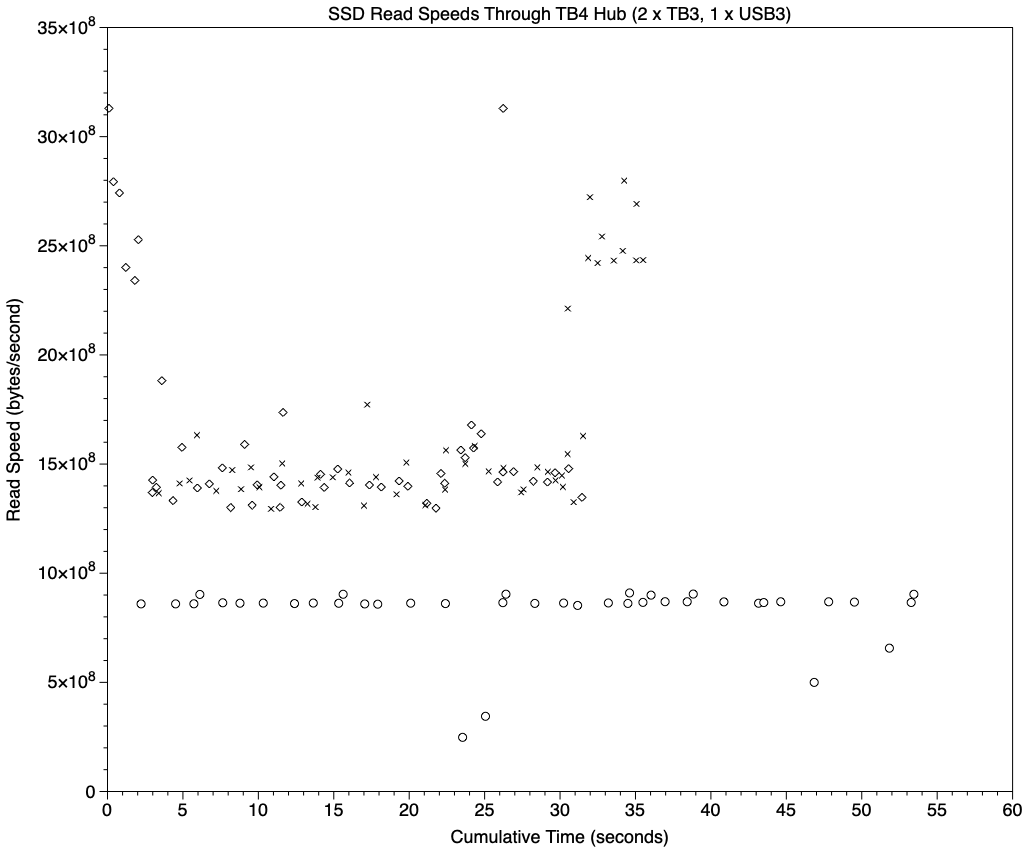wonshu
Senior Member
We use the Samsung 8TB QVO for samples and Samsung 4TB EVO for projects / recordings.
Both sit in a OWC Elite Pro Dual Mini (or whatever they call it) connected to SATA inside and USB-C on the computer side.
Theoretically (looking just at the number of the interfaces) this is a rather slow solution, but we have zero problems with it, and it's fairly cheap.
Both sit in a OWC Elite Pro Dual Mini (or whatever they call it) connected to SATA inside and USB-C on the computer side.
Theoretically (looking just at the number of the interfaces) this is a rather slow solution, but we have zero problems with it, and it's fairly cheap.







